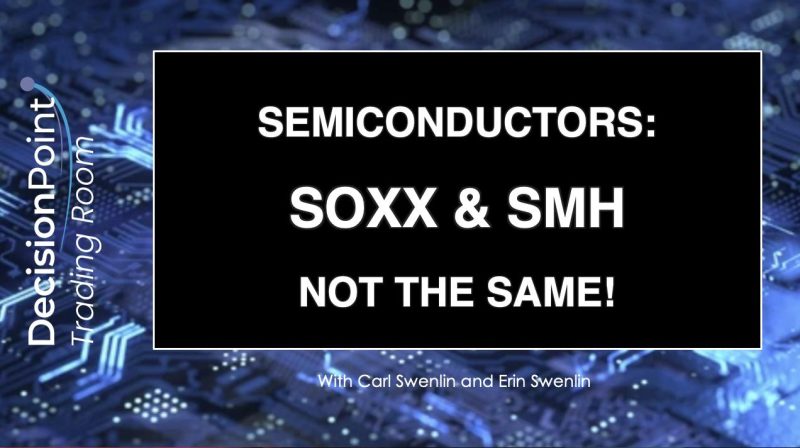The financial market, especially in stock trading, is a world of complex identities, symbols, and algorithms. A fascinating discourse to delve into within the intricate universe of financial trading is the comparisons and contrasts between different exchange-traded funds (ETFs). Two particularly interesting cases are the iShares PHLX Semiconductor ETF (SOXX) and the VanEck Vectors Semiconductor ETF (SMH). Even though they both represent semiconductor industries, these funds carry unique characteristics that distinguish one from the other, directly impacting their investors’ strategies and financial outcomes.
The iShares PHLX Semiconductor ETF (SOXX) and the VanEck Vectors Semiconductor ETF (SMH) are two of the most prominent ETFs that provide investors with exposure to the semiconductor industry. Both funds include companies involved in the design, manufacture, and distribution of semiconductors. However, there are essential differences in their composition, weighting, performance, and trading volumes.
First, the fund composition is a key differentiator. SOXX tracks the PHLX Semiconductor Sector Index (SOX), which consists of 30 companies. These companies are well distributed across the globe, with approximately 68% based in the United States and the remaining 32% distributed between the Netherlands, Taiwan, and other countries. This geographical diversity helps to disperse risk for investors.
On the other hand, SMH follows the MVIS US Listed Semiconductor 25 Index, which includes 25 companies predominantly located in the United States. SMH’s investment set is less diverse geographically, but it focuses on larger and more stable companies.
Second, the weighting of the companies within the ETFs differs significantly. SOXX uses a modified market capitalization-weighted approach, which tends to allocate more weight to larger companies. Despite this, it manages to maintain a reasonably balanced weight amongst its assets, ensuring no single company dominates excessively.
SMH’s weighting is distinctly different, as it is more concentrated on its top holdings. Its top ten holdings usually make up more than half of its total assets, suggesting that the performance of SMH is heavily influenced by the performance of these key holdings.
A third key differentiator is the trading volume and liquidity. SMH has a significantly higher daily trading volume and higher liquidity levels than SOXX. This characteristic might be more attractive to some traders who prioritize fast trades and transactional efficiency.
In terms of overall performance, both ETFs demonstrate impressive returns. However, it’s essential to consider the individual strengths, weaknesses, and the effects of external market factors when deciding between investing in SOXX and SMH.
Another point to consider is the expense ratio. SOXX carries an expense ratio of 0.46%, and SMH comes in a bit less expensive, with an expense ratio of 0.35%. This slight difference can impact the total return for investors and should be considered when choosing between the two.
Ultimately, choosing between these two ETFs should be dictated by an investor’s unique preferences and investment objectives. Active traders with a short-term orientation may prefer SMH due to its high liquidity levels and concentrated holdings. Conversely, long-term investors seeking diversification and a balanced exposure across semiconductor companies may find SOXX more appealing.
In conclusion, while they both represent the semiconductor industry, SOXX and SMH are not the same. Each presents unique investment opportunities and risks. A true understanding of these nuances is vital for traders and investors aiming for profitable and safer routes in the intricate paths of financial trading. By paying close attention to the composition, weighting, trading volume, performance, expense ratio, and their individual trading strategy, investors can successfully navigate the decision between investing in SOXX or SMH.




